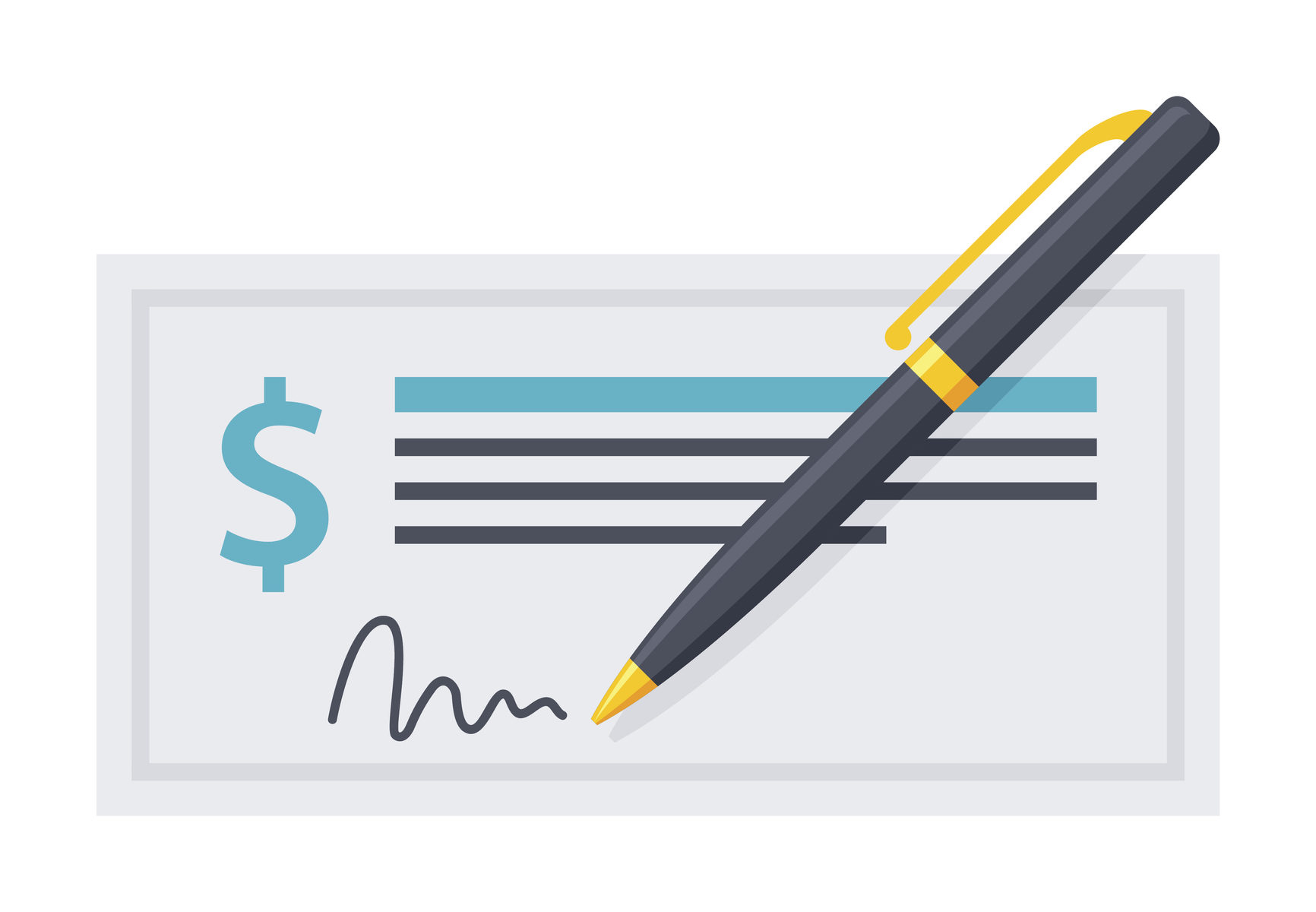Many payment methods are available today, and among them are remotely created checks, or RCCs. They’re a convenient way to take payments from customers, and for more than two decades, they were a dominant way for customers to pay bills or merchants. That, however, may change in the near future.
A Bit of History
RCCs aren’t created by the account holder’s bank, and they don’t include the signature. Instead, they include the account holder’s printed name, and the merchant takes the customer’s bank and routing number through the web (or over the phone), then prints a check with that information and processes it just like they normally would.
RCCs came from Check 21 legislation. Created in 2004, the checks were not subject to ACH rules. The goal was to create a way for customers to easily use checks to make purchases over the phone or online. The legislation also made remote deposit a possibility.
The Problems with RCCs
The biggest problem for most who deal with RCCs is that there is a pretty high risk of fraud involved. It’s easy to debit a customer’s account without consent, and the method is used today by online scammers on a regular basis.
The other frustration for many is that it’s hard to detect and control any fraud in this arena, which means there’s a higher rate of return on these checks. One study found that rate of return as high as 70%, which is as frustrating for payment processors as it is for merchants.
Lawmakers are currently taking a closer look at RCCs to decide whether they will continue to authorize their use. It is possible that at some point in the near future, RCCs will no longer be legal tender for businesses.
Are They All Bad?
RCCs can be a really good solution for high-risk merchants, especially if they want to be able to take electronic check payments. Because many cannot qualify for ACH processing, RCCs give them more possibilities than ever. As with other payment methods today, though, they are not without their potential problems.



